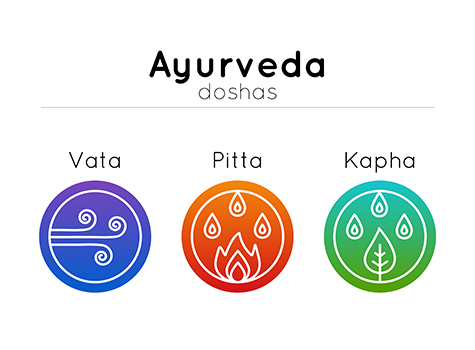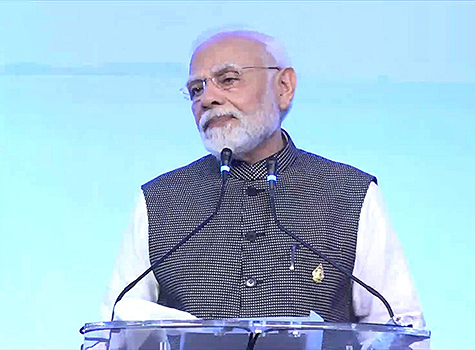
The 13th anniversary performance of Dances of India was once again a sellout, as it has been every year since it began. This community outreach initiative of Central Piedmont Community College receives great support from the local and international community of the Carolinas.
Audience members have travelled from as far away as Raleigh-Durham, South Carolina, Ohio, New York, Michigan and many other states to see this show. This year we had 64 participants and showcased temple dances and storytelling through folk traditions. I want to thank everyone who contributed to the continued success of this show.
People often ask me why I stick with only traditional dance styles and don’t incorporate Bollywood in my show. In my opinion, everything has its own place. It all depends on individual teacher’s own vision and passion. My passion is the traditional dance styles that include classical dances and traditional folk dances.
I love to research and learn about the influences of Indian dances on world cultures. I want to visually show people our similarities and differences. Our signature dance “Unity in Diversity” has been acclaimed by many for its uniqueness and the beauty of inclusion. I believe when you know where you are coming from, it is easier to understand where you are going.
Since the age of 5, I had a strong desire to dance. My father nourished my wishes. I discovered that dancing was not predicated upon the movements of legs and arms, but that it grew from an inner urge for prayer in motion. I see many of my students in the same light. Either the parents are fulfilling their own unmet dreams through their children or the students want to experience the energy of dancing, my students’ enthusiasm, motivation, energy and happiness while dancing is totally contagious. Their hard work and my creativity is a fine blend of success.
Irrespective of the general opinion, there is a huge demand for classical dances. These dances not only teach discipline, but also stories from the Hindu religion. They require long-term commitment to an art form that is very difficult to learn and are a perfect balance of right and left brains. The stories told through dances are not known even to some of the new generation of Indians coming to the USA. Many of my students have been admitted into prestigious colleges due to their long-term commitment to these classical dance forms and training. When these students commit to the traditional dance forms for 7 to 10 years, their commitment to achieve their other goals is apparent.
Several people also ask me about the language barrier these second generation Indians face in this country. They wonder how these students are able to beautifully express the stories told through dancing. This language barrier is not unique to the second generation. As India has so many spoken languages, it is almost impossible to learn them all. As teachers/gurus we explain the stories to the students to bring out the inner emotions of storytelling using dance as a medium. These classical dances have written instructions on the ways you can use your body to tell a story, or express an emotion.
Many teachers, who now call USA their home, have a great opportunity to take these traditions out of India and spread the seeds of culture. Many of the Indian dance teachers in the USA teach these dances to support themselves financially. Some teachers like me may want more out of it, such as reintroducing our culture to our own Indian community, introducing the culture to the non-Indian community and building recognition, appreciation, interest and respect for our culture. As we are learning Western culture, we should also teach Indian culture in exchange. We all have to learn to grow.
Traditional dances have already gained popularity in the USA, thanks to many great musicians and performers who continue to contribute to this popularity. Each person’s contribution to these arts becomes an integral part of the overall vision to share these beautiful dance forms with the world.
In my opinion, with the widely growing interest and popularity of Indian classical dances, the need and search for authentic exposition is pressing and dance shows of this dimension and character is indeed the need of the hour. Indian art is a science, a discipline, an art and an exposition at the same time. With the co-operation, philanthropy and good will of the art lovers of the USA, I am confident of promoting and fostering an appreciable understanding of the ancient cultural heritage of India among the aesthetic public. Arts are not to be restrained from sharing with others. They are suitable for all cultures. Dances of India production gives me this opportunity to share with pride my Indian heritage.
Posted: Thursday, June 4, 2015



